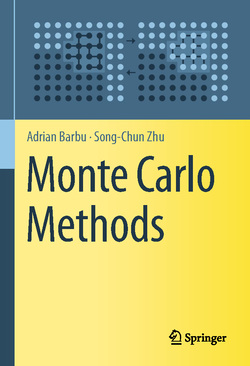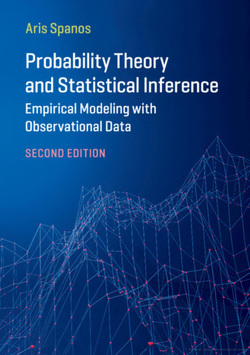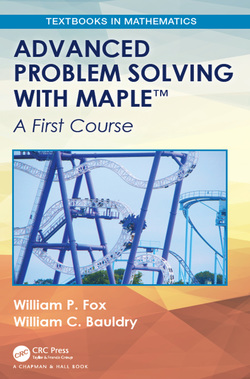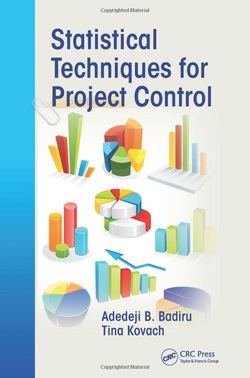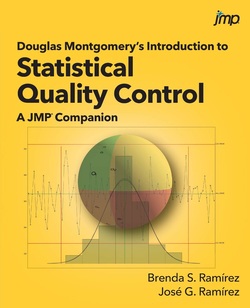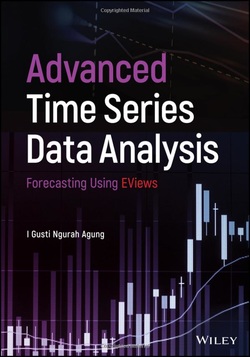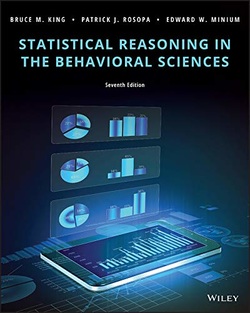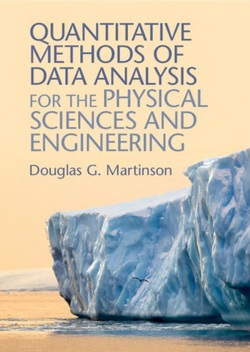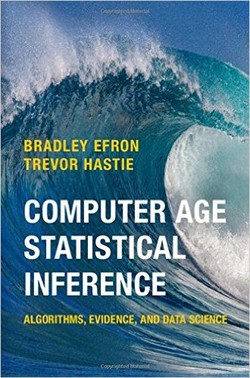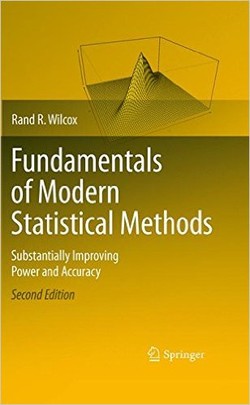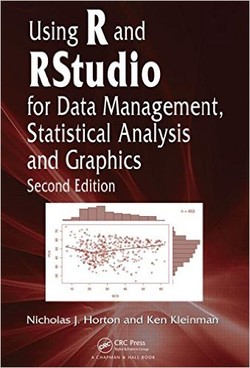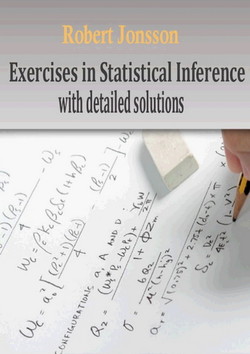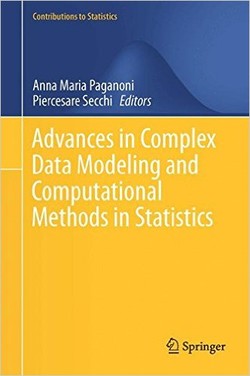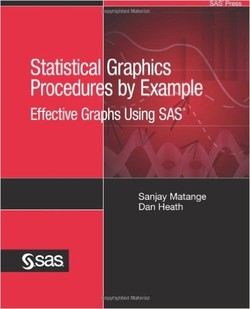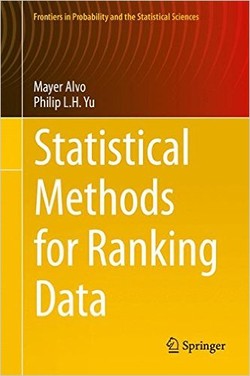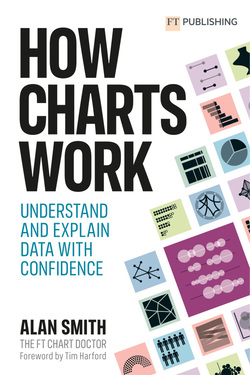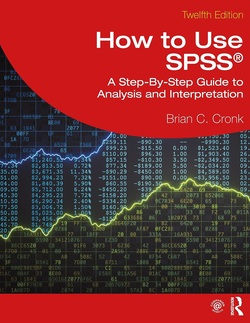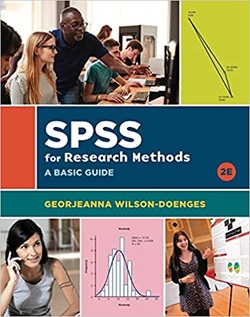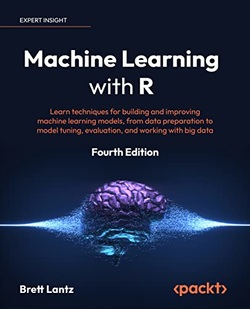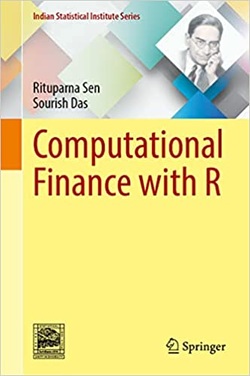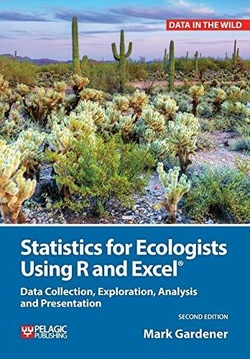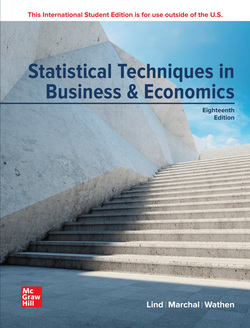درک روشهای آماری پیشرفته
قیمت 16,000 تومان
کتاب “درک روشهای آماری پیشرفته” با ارائه یک رابط ضروری میان دورههای آمار ابتدایی و دورههای روشهای پژوهشی پیشرفته به دانشجویان کمک میکند تا پیشفرضهای اساسی و ساختارهای لازم برای موضوعات آماری پیچیده مانند رگرسیون لجستیک، حداکثر احتمال، راهاندازی، nonparametricها و روش های بیضی را درک کنند.
این کتاب مدلسازی صحیح، تفکر انتقادی و طراحی مطالعات آنها برای جلوگیری از خطاهای رایج را آموزش میدهد و آنها را به تفکری متفاوت، نهفقط درباره ریاضی و آمار بلکه درباره پژوهش کلی روشهای علمی، هدایت میکند.
کتاب پیش رو با تمرکز بر مدلهای آماری بهعنوان تولیدکنندگان داده، دانشجویان را قادر میسازد تا ساختار آمار پیشرفته را بهراحتی درک کنند.
سال انتشار: 2013 | تعداد صفحات: 569 | حجم فایل: 14.45 مگابایت | زبان: انگلیسی
Understanding Advanced Statistical Methods
نویسنده:
Peter Westfall,Kevin S. S. Henning
ناشر:
Chapman and Hall/CRC
Providing a much-needed bridge between elementary statistics courses and advanced research methods courses, Understanding Advanced Statistical Methods helps students grasp the fundamental assumptions and machinery behind sophisticated statistical topics, such as logistic regression, maximum likelihood, bootstrapping, nonparametrics, and Bayesian methods. The book teaches students how to properly model, think critically, and design their own studies to avoid common errors. It leads them to think differently not only about math and statistics but also about general research and the scientific method.
With a focus on statistical models as producers of data, the book enables students to more easily understand the machinery of advanced statistics. It also downplays the "population" interpretation of statistical models and presents Bayesian methods before frequentist ones. Requiring no prior calculus experience, the text employs a "just-in-time" approach that introduces mathematical topics, including calculus, where needed. Formulas throughout the text are used to explain why calculus and probability are essential in statistical modeling. The authors also intuitively explain the theory and logic behind real data analysis, incorporating a range of application examples from the social, economic, biological, medical, physical, and engineering sciences.
Enabling your students to answer the why behind statistical methods, this text teaches them how to successfully draw conclusions when the premises are flawed. It empowers them to use advanced statistical methods with confidence and develop their own statistical recipes. Ancillary materials are available on the book’s website.

